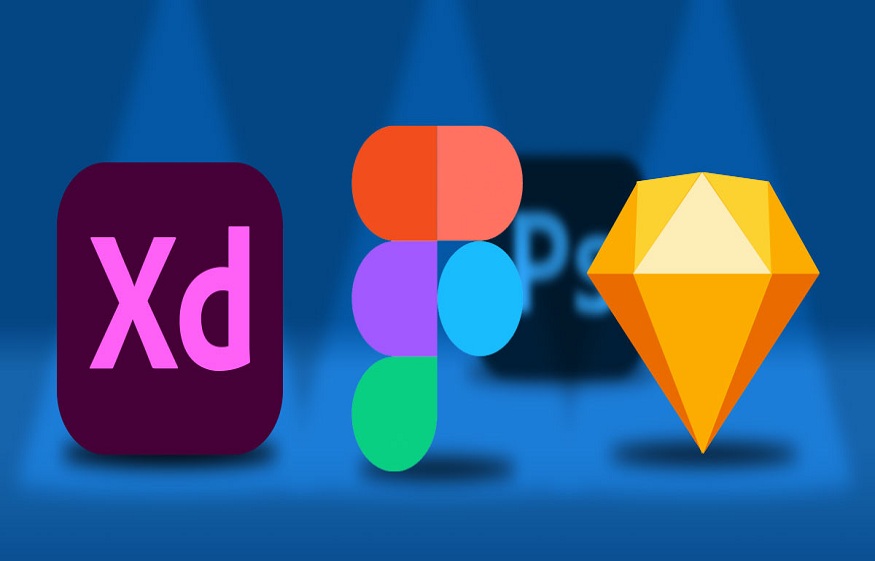User engagement is the cornerstone of successful digital products and services, where captivating and retaining users has become the ultimate goal of online success. Businesses across industries are constantly striving to create digital experiences that meet user needs and leave a lasting impression—one that compels users to return time and time again. However, designers often encounter many challenges and pain points in the quest for user engagement.
Imagine spending countless hours crafting what you believe to be the perfect user interface, only to launch it and find that users need help to navigate, lose interest quickly, or, worse, abandon ship altogether. It’s a scenario that many designers are all too familiar with—a constant battle to balance aesthetics with functionality, innovation with familiarity, and simplicity with depth.
But fear not, for amidst the chaos lies a beacon of hope: UX design tools are the robust instruments that are not just digital Swiss army knives; they’re the secret weapons in a designer’s arsenal, tools that can transform the ordinary into the extraordinary, the mundane into the memorable. In this article, we’ll explore the pivotal role of UX design tools in enhancing user engagement, uncovering the strategies, insights, and real-world examples that demonstrate their profound impact on the digital landscape.
Understanding User Engagement
Before we delve into the world of UX design tools, it’s essential to grasp the concept of user engagement—the elusive yet essential ingredient that separates successful digital experiences from forgettable ones. User engagement isn’t just about attracting eyeballs or racking up clicks; it’s about forging meaningful connections, eliciting emotional responses, and ultimately creating experiences that users want to participate in.
The Role of UX Design Tools
These tools aren’t just fancy gadgets or gimmicky widgets; they’re the engines that power the user experience machine. From wireframing and prototyping to usability testing and data analysis, UX design tools provide designers with a treasure trove of functionalities and capabilities that enable them to craft experiences that captivate, delight, and inspire.
Enhancing Usability
At the heart of user engagement lies usability—the bedrock upon which all successful digital experiences are built. UX design tools offer many features for improving usability, from creating intuitive navigation structures to optimizing content layout and hierarchy. By streamlining the user experience and minimizing friction points, designers can ensure that users can effortlessly find what they’re looking for, complete tasks efficiently, and keep coming back for more.
Fostering Accessibility
Accessibility is another critical component of user engagement, ensuring that digital experiences are inclusive and accessible to users of all abilities. UX design tools provide designers with features and guidelines for designing interfaces that meet accessibility standards, such as providing alternative text for images, ensuring sufficient color contrast, and optimizing keyboard navigation. By designing with accessibility in mind, designers can reach a broader audience and create experiences that resonate with everyone.
Driving Interactivity and Engagement
Interactivity is the lifeblood of user engagement, as it encourages active participation and immersion within a digital experience. UX design tools offer many features for creating interactive elements such as animations, transitions, and less interactions. By incorporating interactive elements strategically, designers can create experiences that capture users’ attention and guide their actions, evoke emotional responses, and foster a sense of connection with the product or brand.
Facilitating Emotional Design
Emotional design is the secret sauce that transforms good experiences into great ones, resonating with users personally and emotionally. UX design tools provide designers with the tools and resources to infuse dynamic elements into their designs, from choosing the right colors and typography to crafting compelling narratives and brand identities. By designing with emotion in mind, designers can create experiences that meet user needs and evoke specific emotions—whether it’s joy, excitement, trust, or nostalgia—thus forging deeper connections with users.
Utilizing Data-Driven Insights
In addition to design capabilities, UX design tools offer functionalities for gathering, analyzing, and interpreting user data to inform design decisions and optimize user engagement. From user testing and heat mapping to A/B testing and analytics integration, these tools provide designers valuable insights into user behavior, preferences, and pain points. By leveraging data-driven insights, designers can iterate on their designs iteratively, address usability issues, and tailor experiences to better meet user needs and expectations.
Conclusion
In conclusion, UX design tools are indispensable assets for designers seeking to create experiences that captivate, engage, and inspire users. By leveraging the capabilities of these tools—from enhancing usability and accessibility to driving interactivity and emotional resonance—designers can create experiences that meet user needs and exceed their expectations, driving positive outcomes for businesses and users alike. As technology continues to evolve and user expectations evolve, the role of UX design tools in shaping the future of user engagement will only become more critical, paving the way for innovative and immersive digital experiences that captivate and inspire users worldwide.

